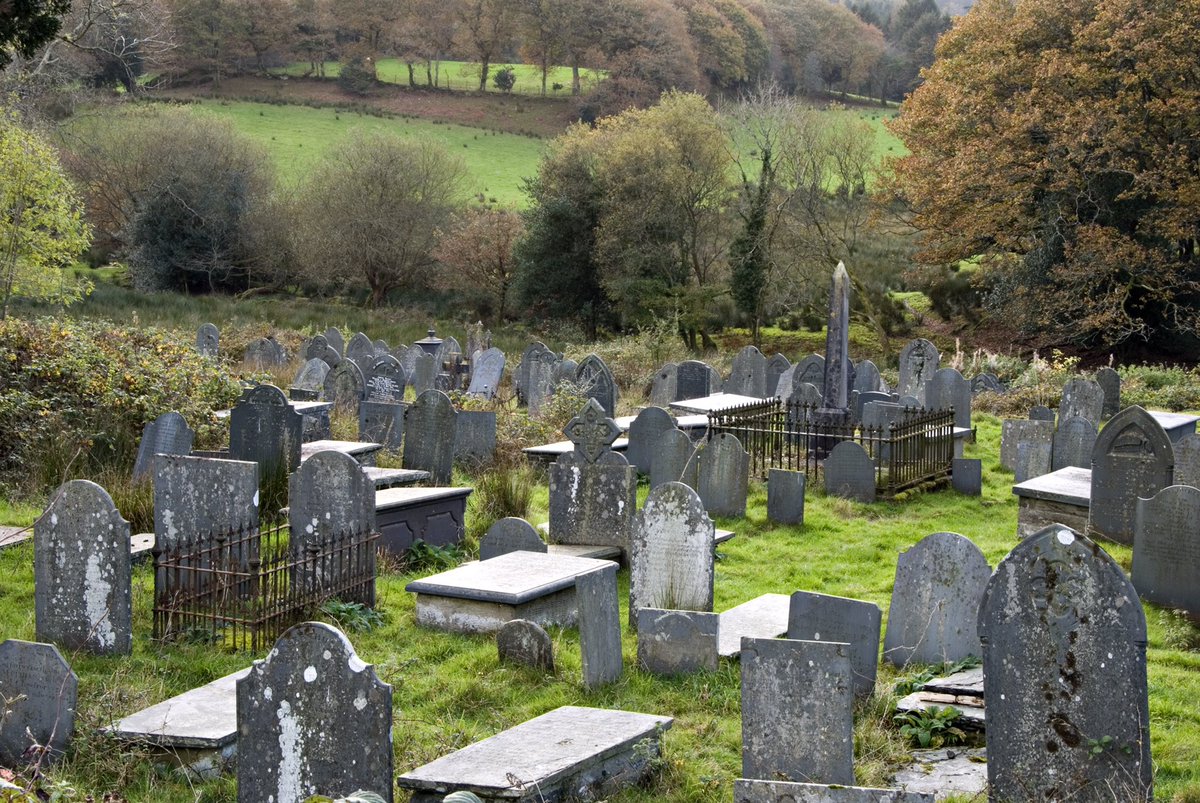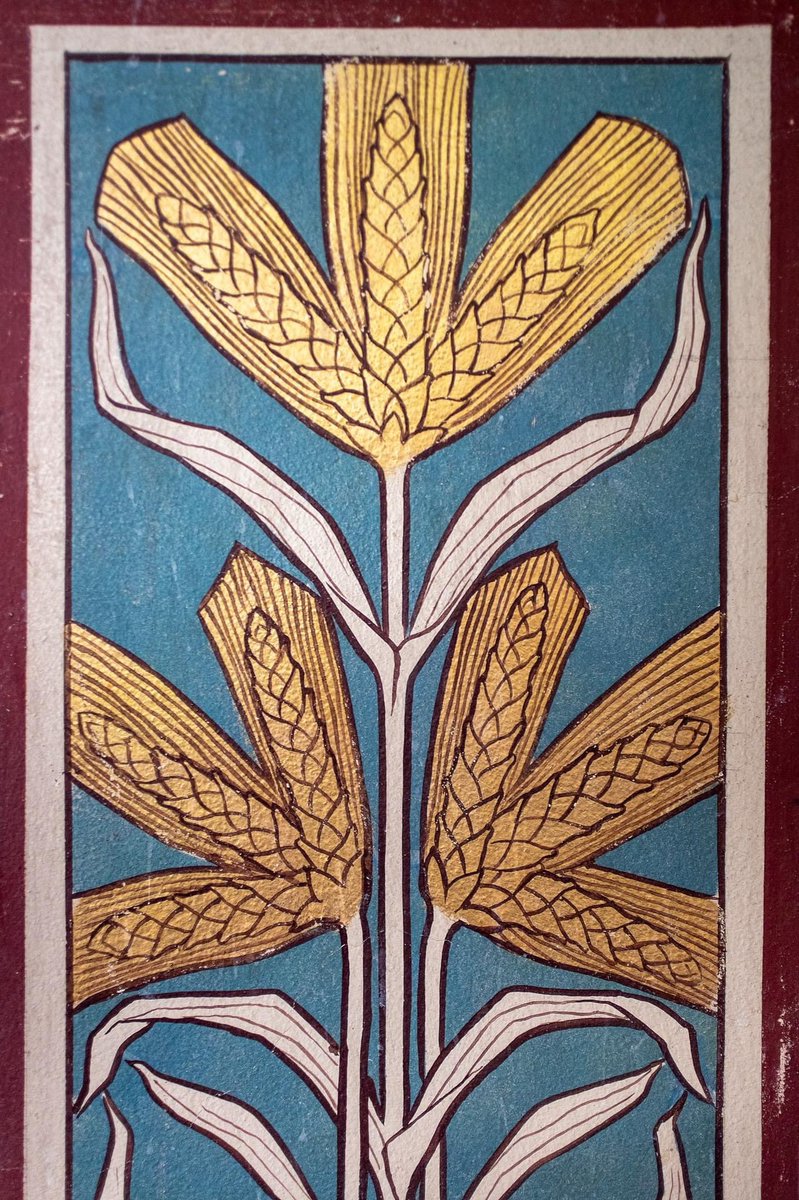
Around the 4th century, a new writing system took off in Ireland.
Before long it travelled over the Irish Sea to Wales, Scotland and south-west England.
It’s called Ogham (or Ogam, and pronouced 'oh-um') and was used to write early medieval Irish, Welsh and Pictish. #OG_H_AM
#🧵
Before long it travelled over the Irish Sea to Wales, Scotland and south-west England.
It’s called Ogham (or Ogam, and pronouced 'oh-um') and was used to write early medieval Irish, Welsh and Pictish. #OG_H_AM
#🧵

Ogham is unusual as its alphabet consists entirely of straight lines - strokes and notches - cut into the writing surface.
Compared with Latin, it was relatively simple to write (etch) in Ogham, so literacy in Ogham might have been widespread.
📸: Florian Thierry CC4.0
2/
Compared with Latin, it was relatively simple to write (etch) in Ogham, so literacy in Ogham might have been widespread.
📸: Florian Thierry CC4.0
2/

There's evidence from sagas and written sources that it was used for communications, as short messages could be easily sent on pieces of wood or metal, but it was also used for record-keeping, from genealogies to business deals.
3/
3/
Stone monuments were carved with Ogham as memorials to events or to mark burials. A few hundred of these 'Ogham stones' survive, including about 35 in Wales. One of them lays on a ledge inside St Oudoceus's church in Llandawke, Carmarthenshire.
4/
4/

Like almost all of the Welsh Ogham stones, it dates from the 5th-6th century and is inscribed in both Ogham and Latin. However, the inscriptions were possibly for different people:
5/
5/
In Latin, it records 'Here lies Barrivendus, the son of Vendubarus' and in Ogham, along the thin edge, it remembers someone (the name has been broken off) who was 'the son of the kin of Dumeledonas'.
6/
6/

Want to learn more about Ogham?
The OG(H)AM Project, launched in 2021, is digitally documenting all c.640 known examples of Ogham writing in all media.
Check out their website:
ogham.glasgow.ac.uk
7/
The OG(H)AM Project, launched in 2021, is digitally documenting all c.640 known examples of Ogham writing in all media.
Check out their website:
ogham.glasgow.ac.uk
7/
Plus, we recommend a recent episode of the 'Gone Medieval' podcast presented by @CatJarman: 'Ogham: A Forgotten Medieval Alphabet' :
shows.acast.com/gone-medieval/…
8/
shows.acast.com/gone-medieval/…
8/
And for those of you who really like the nitty gritty scholarship, you can study various translations of the Llandawke Ogham stone in the CISP (Celtic Inscribed Stones Project) database: ucl.ac.uk/archaeology/ci…
9/
9/
And finally, here’s ‘Friends of Friendless Churches' in Ogham (via the ogh.am transliterator: bit.ly/3sBs0Oh
10/10
10/10

• • •
Missing some Tweet in this thread? You can try to
force a refresh

















